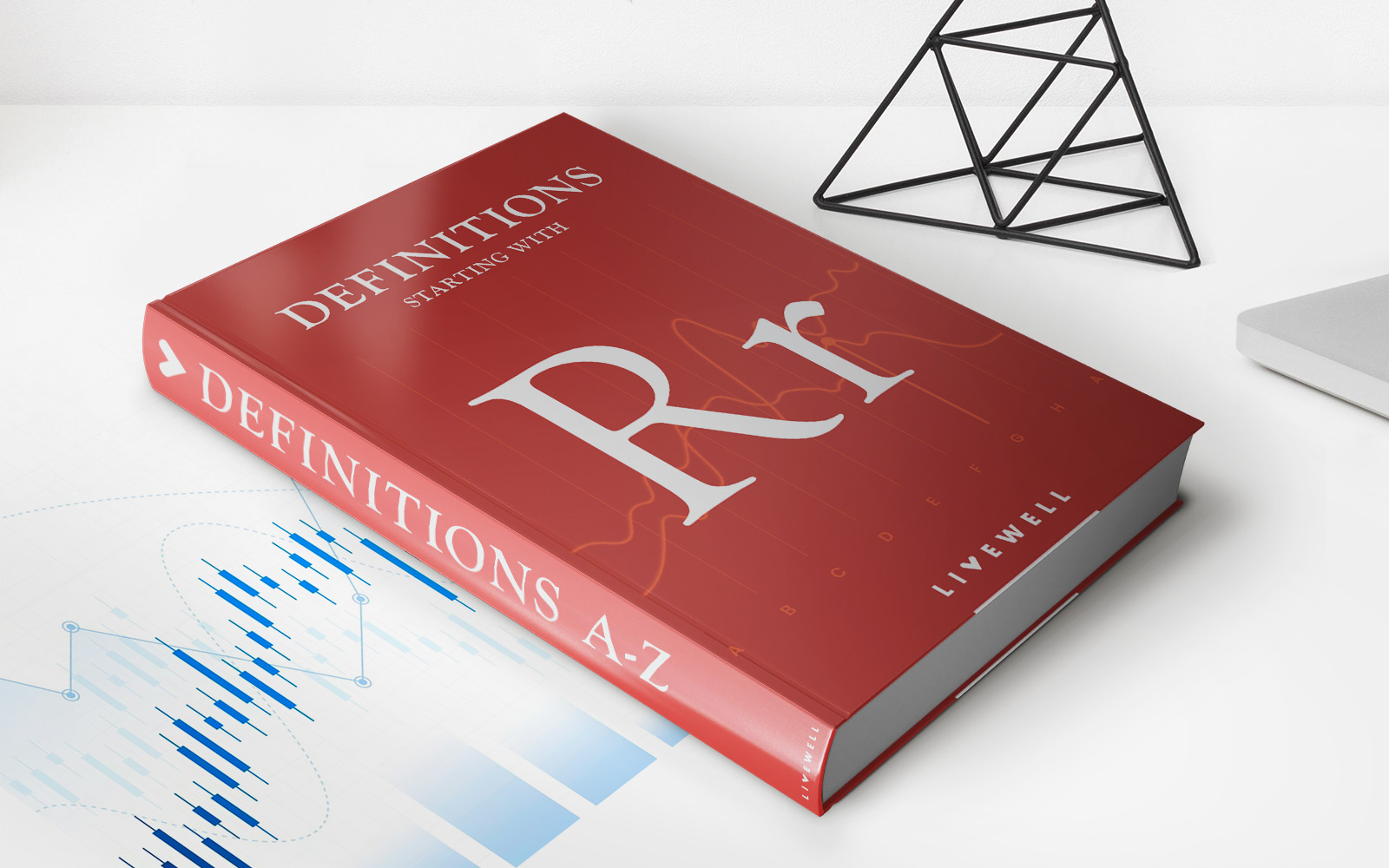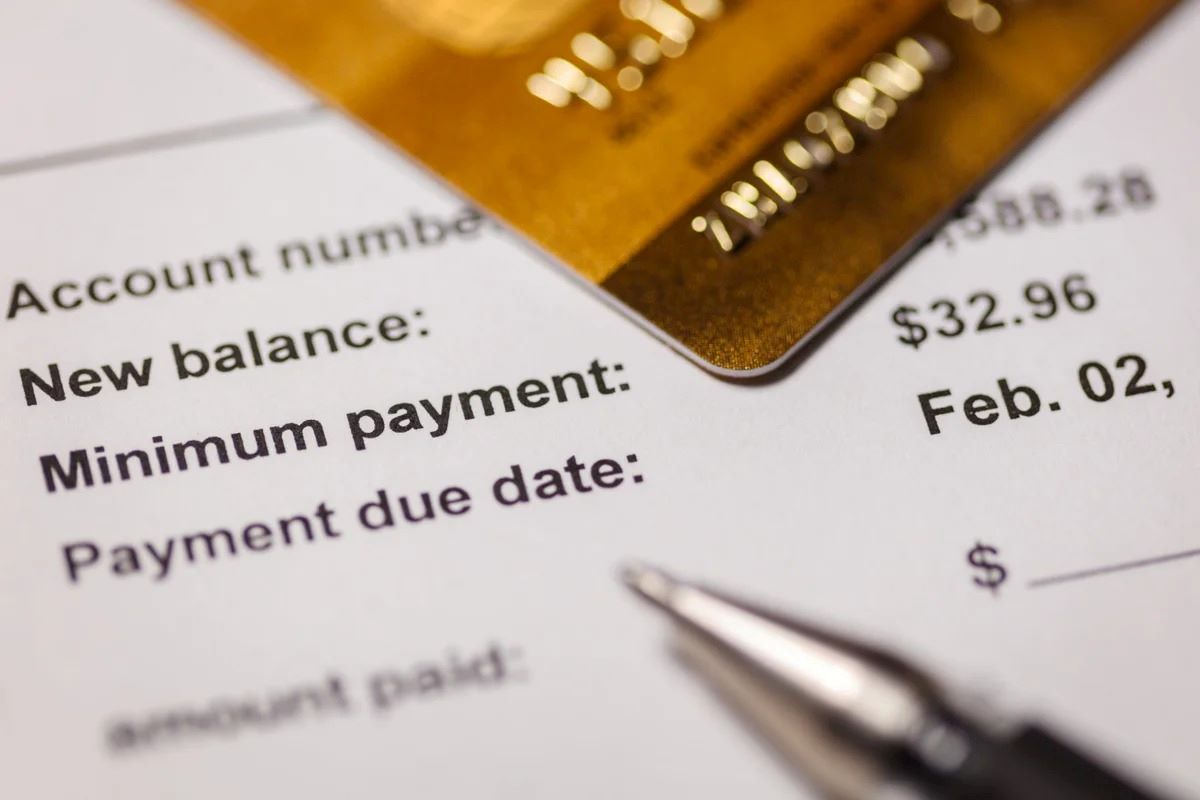Home>Finance>Counterparty: Definition, Types Of Counterparties, And Examples


Finance
Counterparty: Definition, Types Of Counterparties, And Examples
Published: November 4, 2023
Discover the definition and types of finance counterparties in this detailed guide. Explore examples of how counterparties function in various financial transactions.
(Many of the links in this article redirect to a specific reviewed product. Your purchase of these products through affiliate links helps to generate commission for LiveWell, at no extra cost. Learn more)
Counterparty: Definition, Types of Counterparties, and Examples
Are you familiar with the term “counterparty” in the world of finance? If not, don’t worry! In this blog post, we will provide you with a comprehensive understanding of what a counterparty is, the different types of counterparties, and some real-life examples. Whether you are an experienced investor or a novice in the financial world, this information will prove to be valuable. So, let’s dive in!
Key Takeaways:
- A counterparty refers to the other party involved in a financial transaction or contract.
- There are different types of counterparties, including individuals, businesses, banks, and financial institutions.
What is a Counterparty?
A counterparty, in simple terms, is the other party with whom you engage in a financial transaction or contractual agreement. It can be an individual, a business entity, a bank, or a financial institution that is involved in a trade or a contract alongside you. When you buy or sell securities, enter into a loan agreement, or engage in derivatives trading, there is always a counterparty on the other side of the transaction.
Types of Counterparties
Counterparties can be classified into various types based on their nature and the financial instrument involved. Let’s explore the most common types of counterparties:
- Individuals: An individual can be a counterparty when engaging in personal financial transactions, such as buying and selling stocks, bonds, or real estate. For example, if you sell a stock to another person, that person becomes your counterparty.
- Businesses: In the business world, companies often engage with other businesses as counterparties for various purposes. It could involve purchasing raw materials from suppliers, selling products to clients, or entering into partnership agreements. When two companies engage in a trade, each becomes a counterparty to the other.
- Banks and Financial Institutions: Banks and financial institutions act as counterparties in numerous transactions. When you deposit your money into a bank, the bank becomes your counterparty. Similarly, when you take out a loan or invest in a financial product offered by a financial institution, they become your counterparty.
- Government Entities: In some cases, government entities can also act as counterparties. For example, when a government issues bonds to finance infrastructure projects, investors who purchase these bonds become counterparties.
Examples of Counterparties
Let’s look at a few real-life examples to help you better understand the concept of counterparties:
- Stock Market: When you buy shares of a company listed on a stock exchange, the person or institution selling those shares becomes your counterparty.
- Mortgage: When you take out a mortgage to buy a house, the bank or the financial institution providing the loan becomes your counterparty.
- International Trade: When a business in one country imports goods from another country, the exporting company becomes its counterparty.
- Derivatives Trading: In trading derivatives like options or futures contracts, counterparties play a crucial role. For example, when you enter into a futures contract to buy a commodity, the person or institution selling that contract becomes your counterparty.
Understanding counterparties is essential in the financial world as it helps manage risk and ensures the smooth functioning of markets. By knowing who the other party is and assessing their reliability, investors can make informed decisions and mitigate potential risks.
So, the next time you engage in a financial transaction or sign a contract, remember to consider your counterparty and the role they play in the transaction. It’s an important aspect of finance that should not be overlooked!
We hope this blog post has provided you with a clear understanding of what a counterparty is, the different types of counterparties, and some real-life examples. Knowledge about counterparties is key to successful financial decision-making and risk management.














